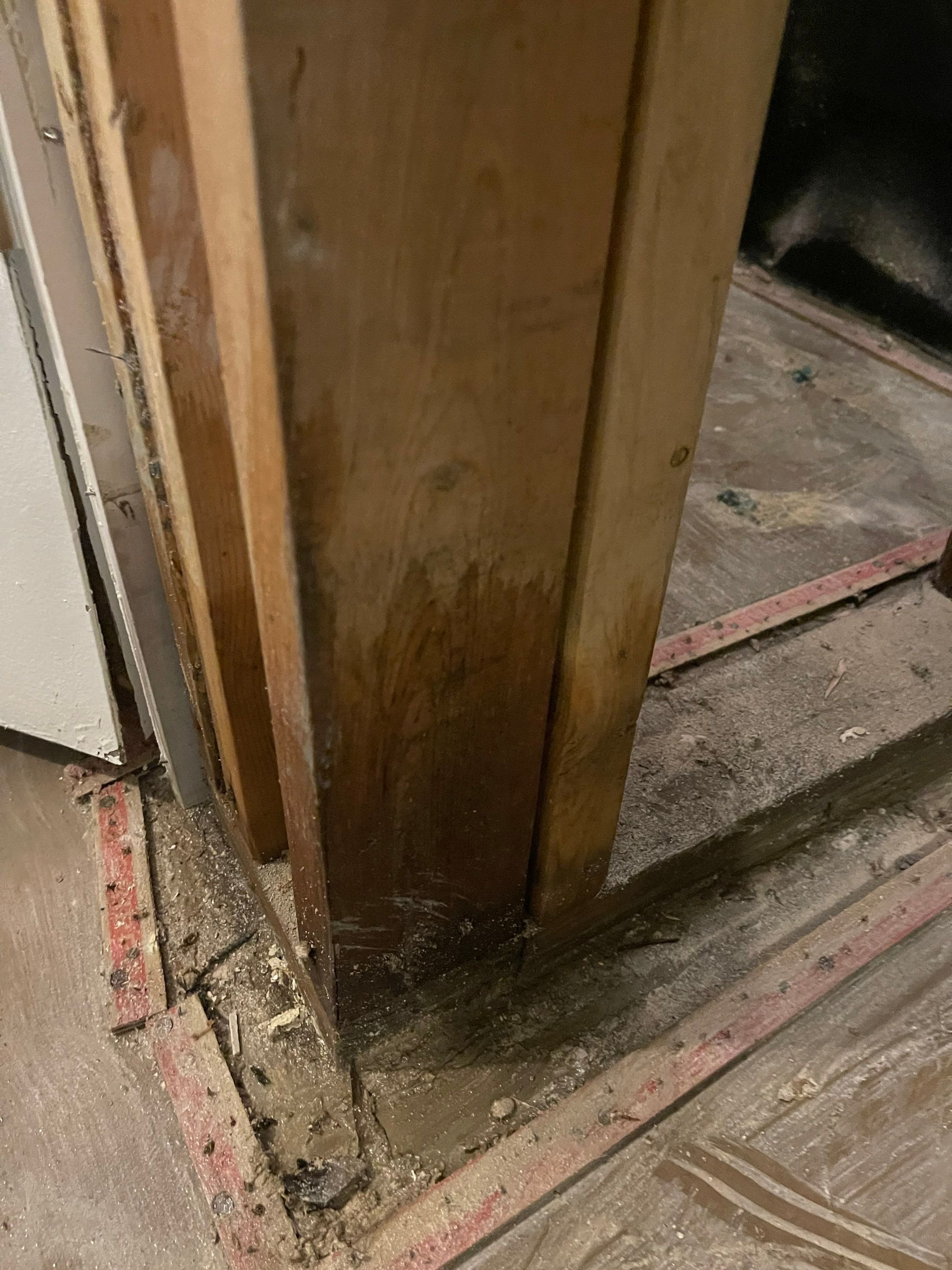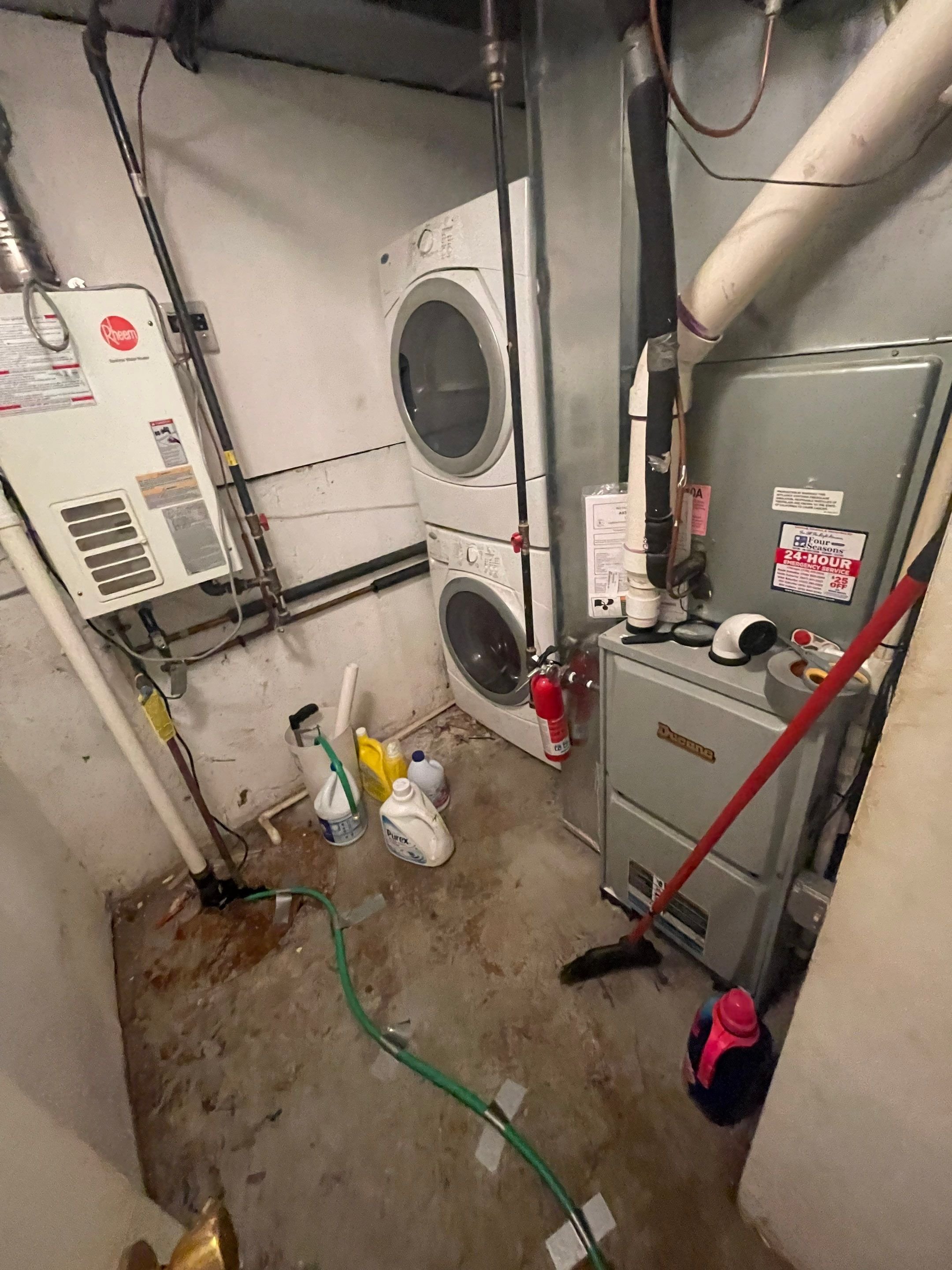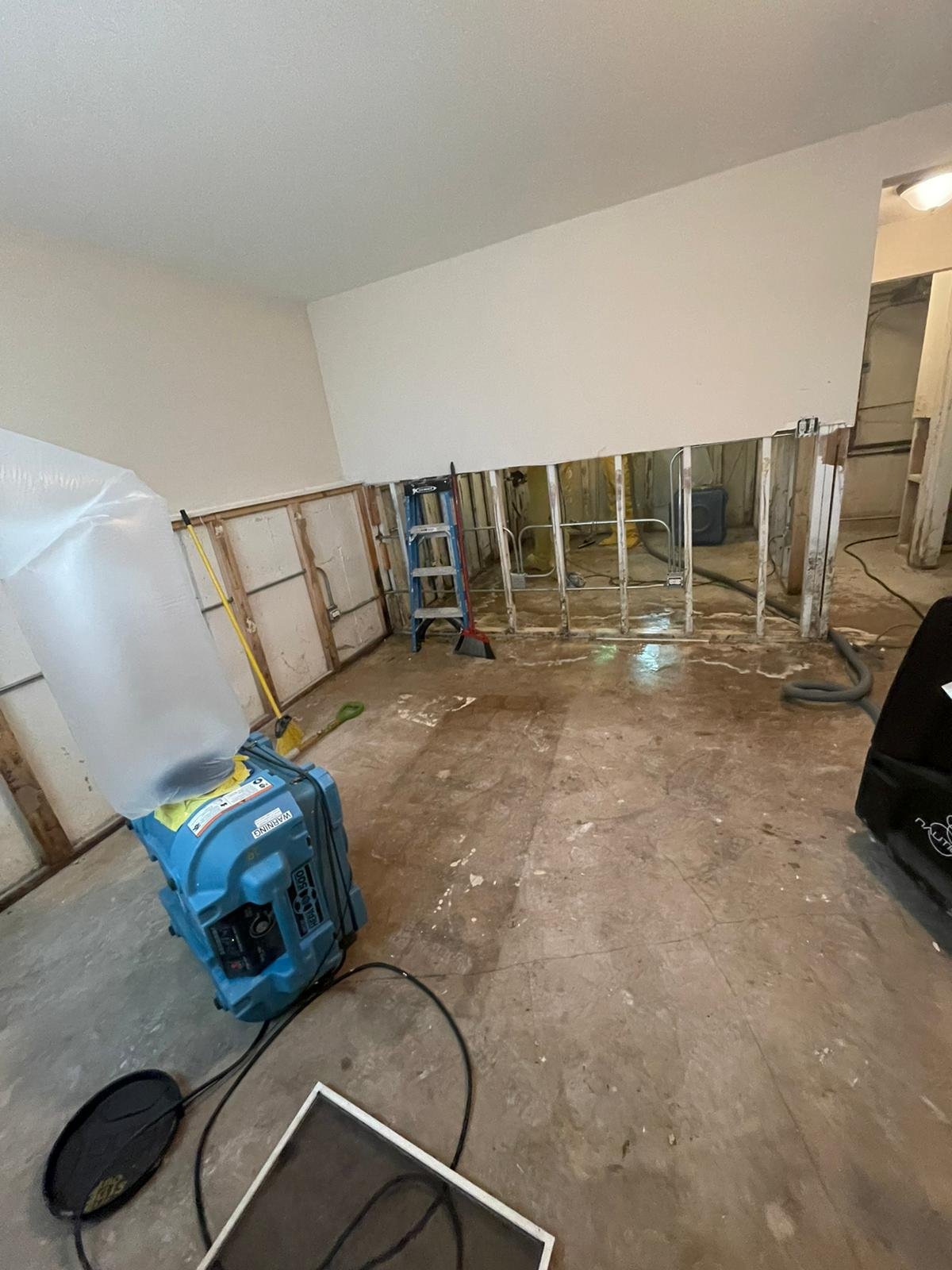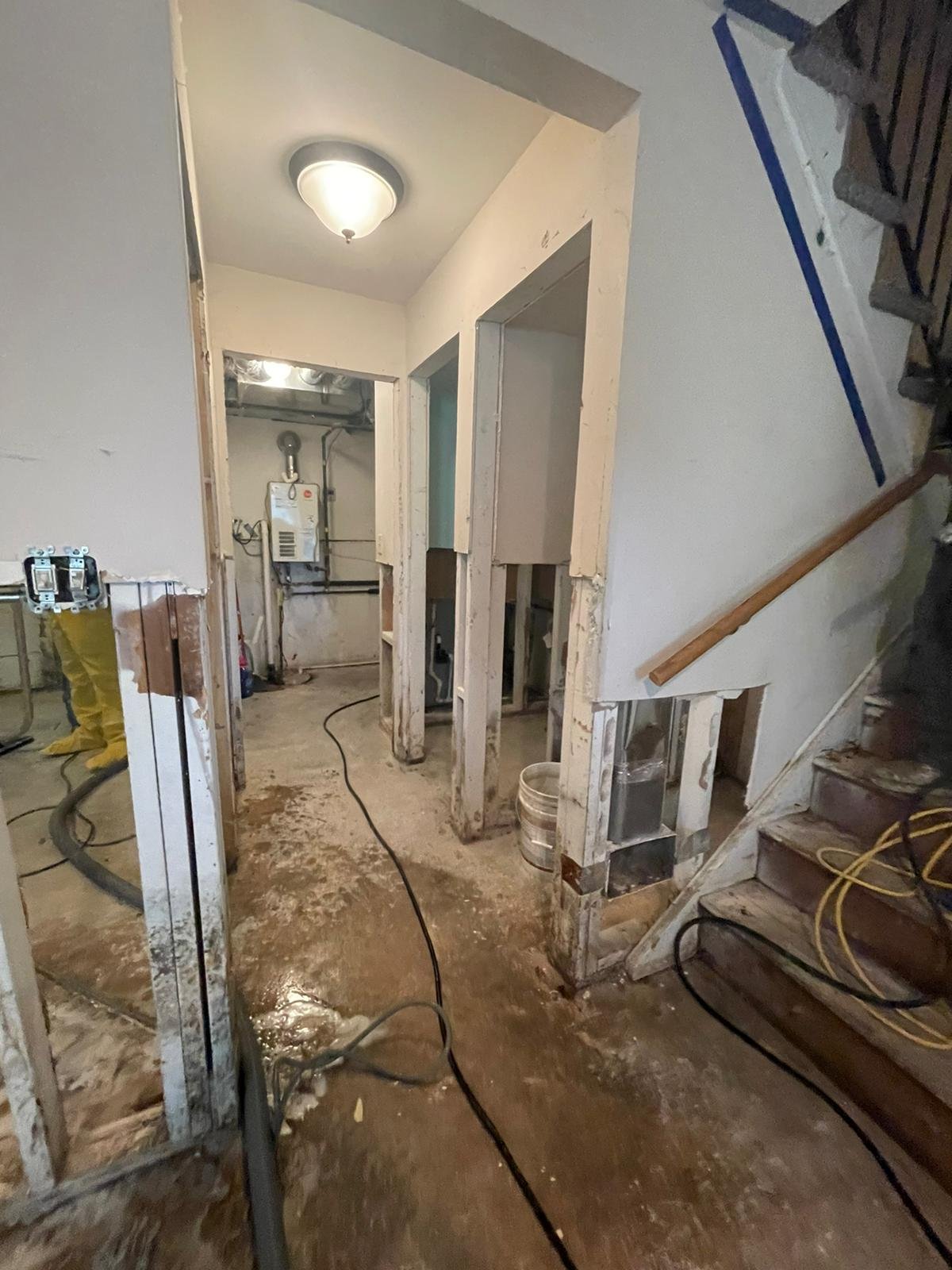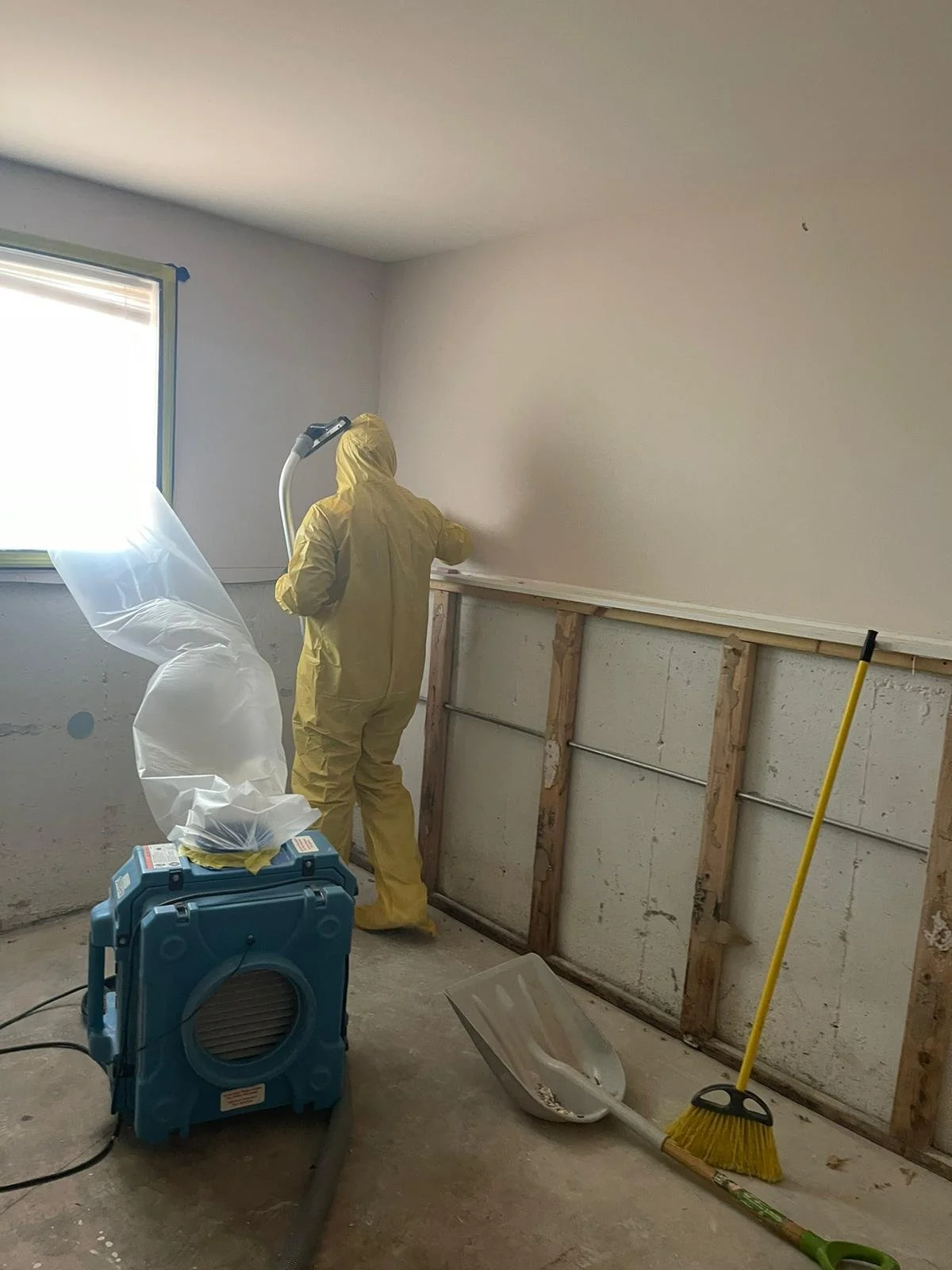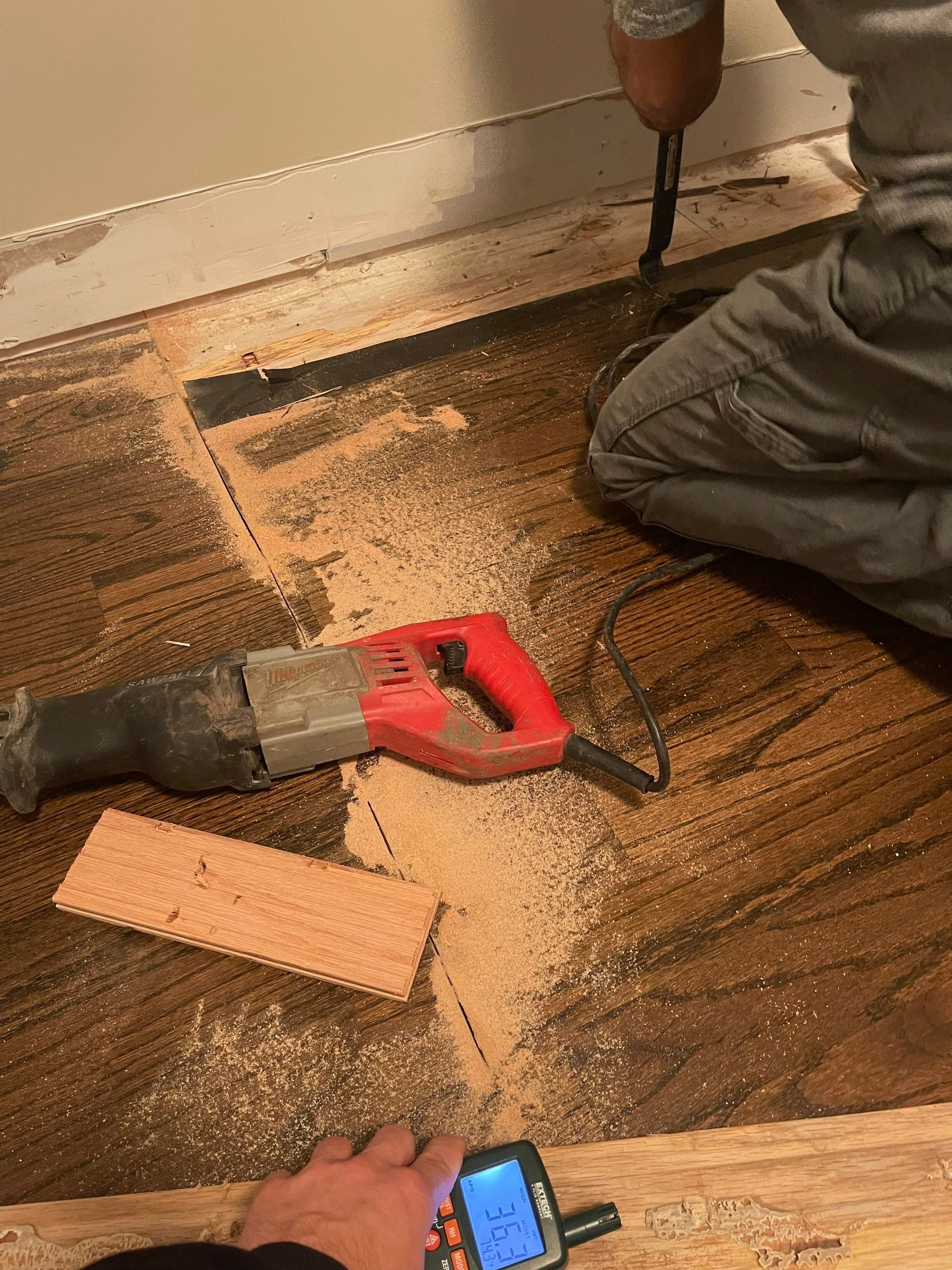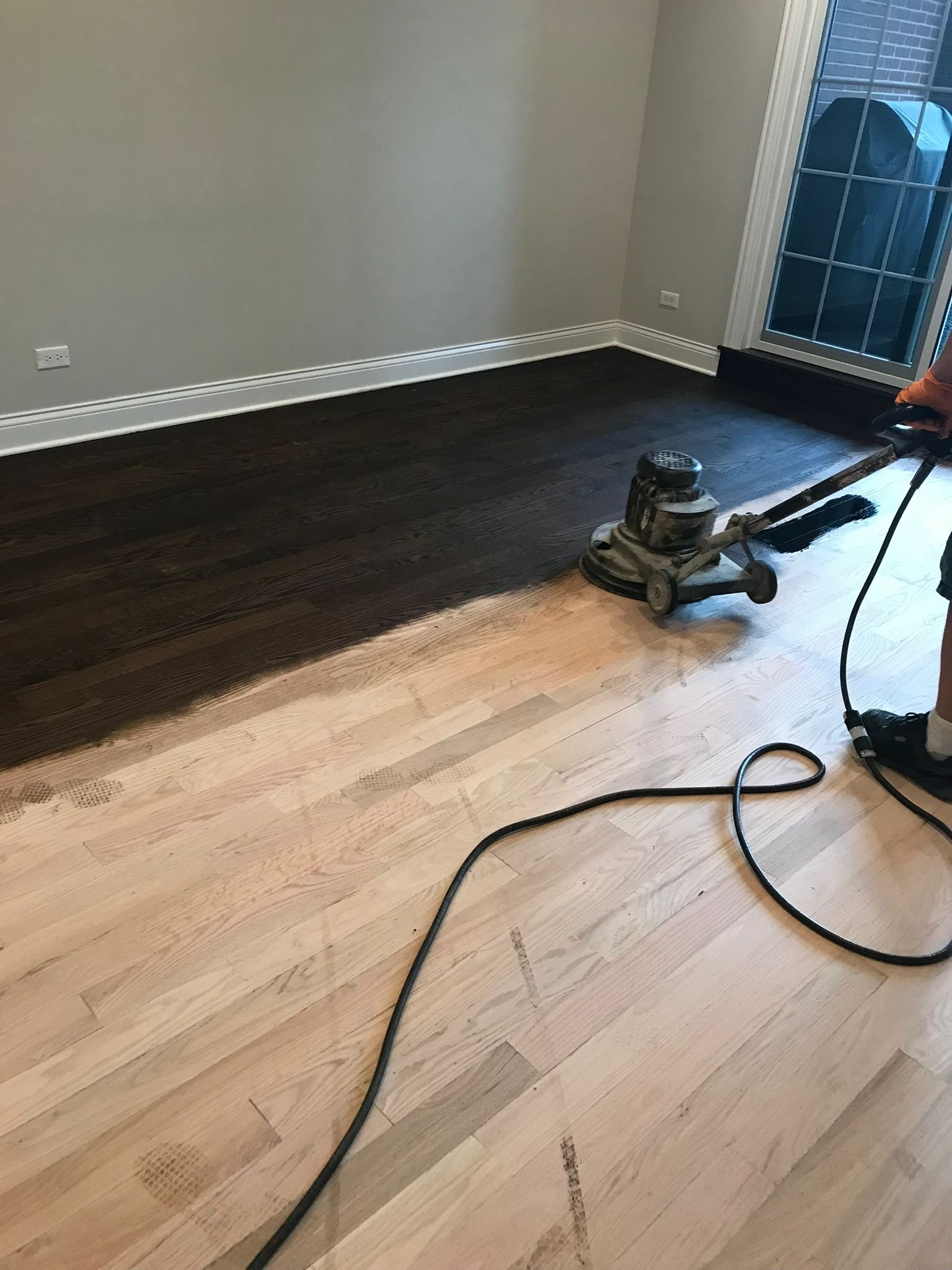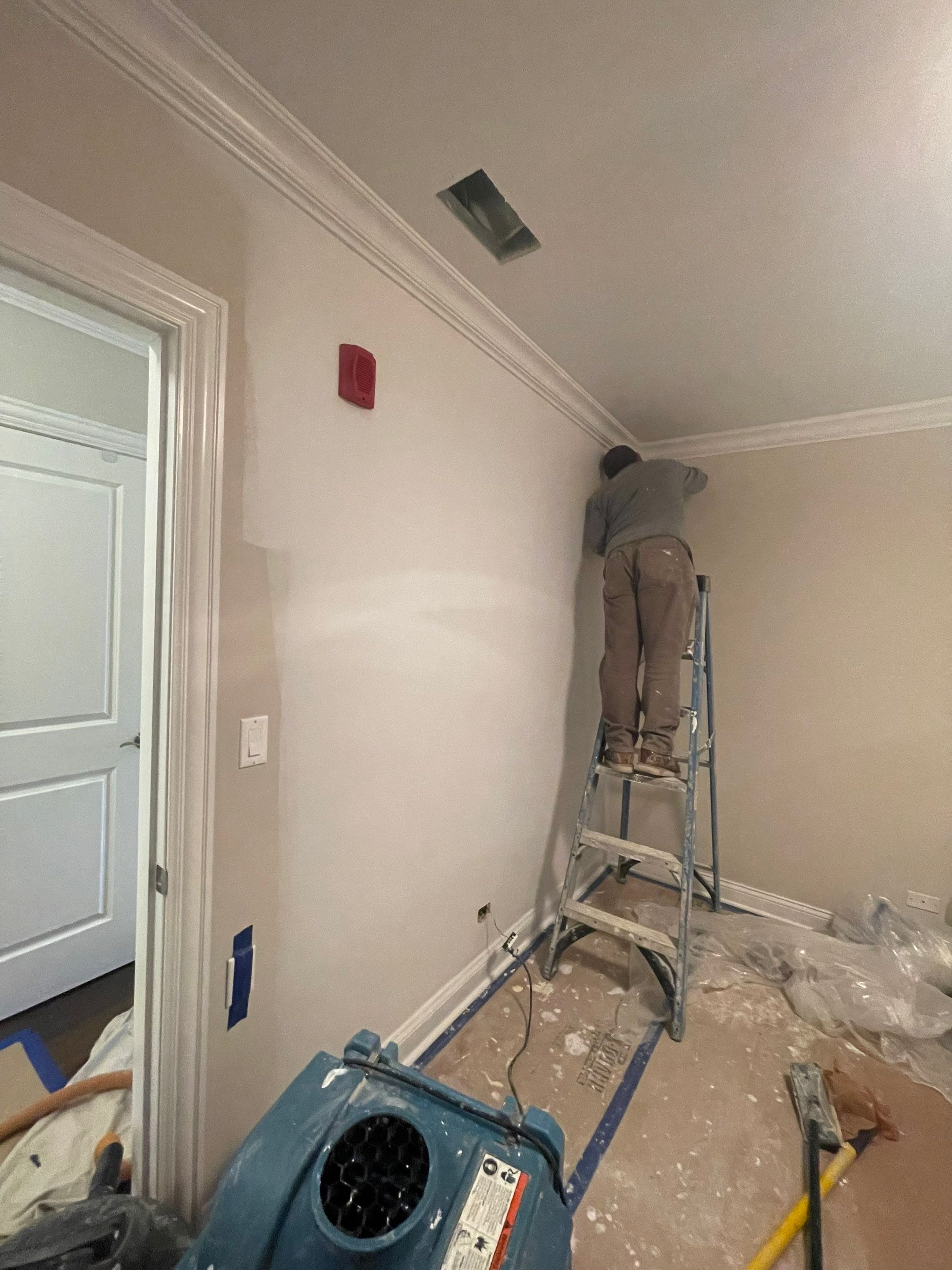
water damage restoration
We provide expert water restoration services for family and townhomes, condos, and commercial properties.
Here’s what you need to know about our process:
At the time of the call, we want to assess first if this is an emergency so that we can help turn the water off during the call, if possible. What space has been affected? How much water do you observe? When would you like us to come for an inspection?
During the inspection, we look at what type of damage you’ve experienced and whether or not it is worth insurance involvement. (Insurance involvement can lead to higher premiums, deductibles, etc.) From there, we will give you a free quote.
- Without insurance involvement, we provide a private quote that details each stage of the process. Because Mila’s is a one-stop-shop we can provide work authorization agreements for both mitigation of the damage as well as reconstruction.
- With insurance involvement, we work directly with the insurance company by providing all necessary documentation of the project. We use a similar program like the insurance company uses so that we can make the correct pricing assessments.
Our drying processes are minimally-invasive to keep completion time short and costs low. There are several factors that determine our best method for drying, whether its removing drywall or drilling holes behind the baseboards. We will discuss the necessary steps with you during our inspection. Depending on the level of water damage, the timeline for reaching your dry goal will vary. Once we’ve dried out your space, we’ll remove our equipment and we can begin any necessary reconstruction procedures.
Mila’s does offer repair services after your water issue has been resolved. We know that coordinating different companies to fill each step of the water damage restoration process is not easy, so we’re here to do that for you.
Once your space is dried and cleaned, we will reinstall insulation and drywall then prime and paint. Any affected flooring will be replaced with new flooring that matches the original, or entirely new floors of your choice. If cabinets, vanities, bathtub/showers, etc. were removed during the remediation process, all will be replaced with new versions of your choosing.
While unplanned, reconstruction after a water damage is a great time to make the upgrades you’ve been dreaming about (as long as it’s in your budget of course)! Your budget can be impacted if your project involves an insurance claim.
Come to us with any questions you have. We are here to work with you!

FAQs
-
Your project cost will depend on the size of the affected area, its materials and the number of days needed to complete the repair.
-
Yes, Mila’s is a one-stop-shop for repairs, reconstruction and remodeling. Once we get your space cleaned up, we’d love to discuss what paint colors, flooring, lighting, etc. you’d like to add to your renewed space.
-
We do! Once we’ve spoken and gotten a good idea of your situation, be sure to notify your insurance company of the damage. We can also advise whether insurance coverage is a necessary move for your project. From there, we we work with the insurance adjuster by taking pictures and sending samples of the damaged space. We use the same estimation program as insurance companies to make sure your project is accurately protected.
-
When insurance is involved, we send our bills directly over to your provider. From there, you will only need to cover the deductible on the day work is started.
-
Full restoration consists of two major phases:
Phase One (3-4 days) - Mitigation: consists of demolition, cleaning and drying out the structure and belongings.
**Hidden water/mold can show up in the middle of this phase, which can potentially lengthen this step by a few days.
Phase Two (3-14 days) - Reconstruction: consists of adding drywall, installing and finishing floors, painting. Basically anything that gets your home back to its original condition.
**The length of phase two largely depends on the size of the original damage and your space.
-
Staining on ceilings/walls
Peeling paint
Sagging ceilings, bubbled flooring, lumpy walls
Musty/earthy smell
Visible mold growth
Constant moisture in your flooring
-
No - category 3 (“black water”) is grossly contaminated and can contain pathogenic, toxigenic or other harmful agents. Water that comes from beyond a p-trap of the sewer system needs to be treated as a health hazardous situation. We fully discard of any porous materials in your home affected by category 3 water and clean the area with antimicrobial solution.
-
Unfortunately, what items can be salvaged in a damage really depends on each situation. The one item we can say for certain that will need 100% replacement is insulation. Due to its makeup, insulation cannot be dried nor cleaned and subsequently is the perfect host for mold growth.
-
Mold can begin growing around 48 hours after a water damage. That is why we highly recommend attending to leaky pipes, basement pump backups, any water intrusions in your home, as quickly as possible.
-
Most flooring options do not stack up well against water intrusions. The best flooring options to save you money in the future if you have a basement flood are painting your concrete flooring or having tile installed because these options do not involve porous materials. Hardwood, luxury vinyl and especially carpet are highly susceptible to absorbing moisture and can become very difficult to restore.




